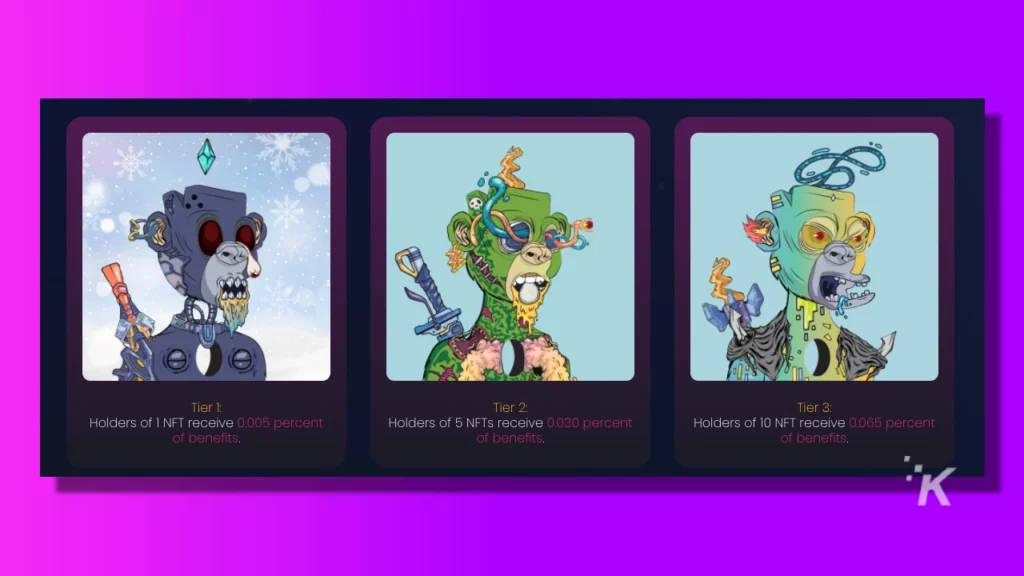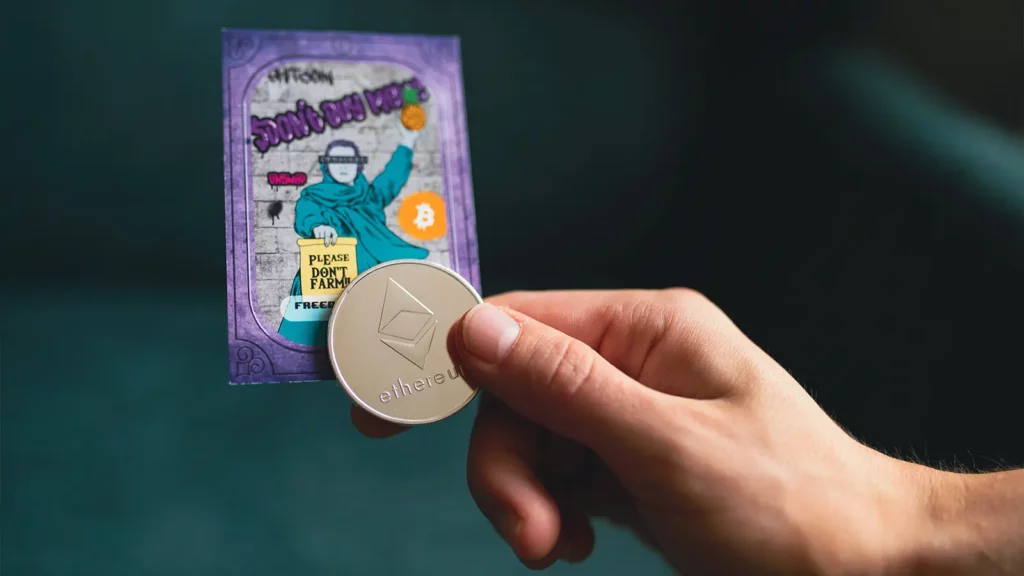To comprehend what is behind the headlines, such as the individual who paid 260,000 euros for the painting of a rock, you need to know what NFTs are and why they are so interesting to millions worldwide.
In this article, we’re going to talk about NFTs concept, and explain their basics in a simple manner so that everyone can get the idea behind how they operate.
Therefore, to keep the explanation as straightforward as possible, we will try to avoid getting too technical.
Since understanding non-fungible products is essential for comprehending NFTs, we will start by explaining what they are.
We will then explain what NFTs are and quickly describe how they function.
First, what are non-expendable assets?

We must first be aware of and comprehend the distinction between functional and non-fungible properties in our legal system to comprehend NFTs.
Items that may be swapped and have a value based on quantity, size, or weight are consumables. On the other hand, non-replaceable items are referred to as non-functional goods.
Money is an illustration of a fungible good.
A 20-euro bill is a fungible good since it can be easily exchanged for another 20-euro note, retains its worth, and is otherwise identical.
Furthermore, whenever you spend this currency, it is depleted.
On the other hand, a piece of art illustrates a non-fungible good. If you own a painting, it cannot be replaced by another picture and is not lost when used.
Because one piece of art is not the same as another, it cannot be traded for 20 euros.
What, then, are NFTs?

As you might already know, NFT is an abbreviation for non-fungible tokens. Tokens are monetary units linked to a particular business model, such as cryptocurrency.
The truth is that NFTs and cryptocurrencies are closely related, at least technologically.
Although they are diametrically opposed—a Bitcoin is a fungible good, an NFT is not—in essence, they are like the two halves of a technical coin.
To be clear, we can see cryptocurrencies as a type of gold-like store of value.
Gold may be bought and sold, and as more people buy it, the price rises; conversely, as fewer people buy it, the price falls.
It behaves in a similar way to cryptocurrencies. But in the end, gold is gold, and exchanging one nugget for another is simple.
Other products made of gold do, however, have value, but they stand out because of their uniqueness, which gives them a different kind of worth.
NFTs are unique assets that cannot be altered or traded for another with the same value since no two NFTs are equivalent, just as no two paintings are equivalent.
This is similar to the value made with gold or a work of art.
A deeper dive into NFTs

So, you may consider an NFT a superb piece of art, similar to Da Vinci’s Mona Lisa. Only one exists, and it’s in a certain art gallery.
Now, only if it was for sale could you buy the original if you wanted it.
You could also obtain a clone, but since it wouldn’t be the original, it would have a different worth. The NFT performs the same function, just digitally.
To better understand it, think of an NFT as a singular work of art.
For example, there is only one Michelangelo’s David, and it is located in the Gallery of the Academy in Florence.
If someone wanted that particular David, he would have to buy it (if it was for sale) or obtain a replica, in which case we would no longer be discussing the original, which is what gives the sculpture value.
Because of this, the NFT is frequently affixed to specific works or digital drawings.
Now that they are at the height of their popularity, we may discover that some buyers are willing to shell out 260,000 euros for a drawing of a rock fastened to an NFT.
How NFTs operate

Blockchain, or blockchain technology, powers NFTs.
It uses a decentralized computer network with blocks or nodes connected and protected by encryption, the same technology as cryptocurrencies.
Each block contains a timestamp, transaction information, and a link to the preceding block and is resistant to data alteration by design.
A set of immutable metadata known as a “digital certificate of authenticity” is given to NFTs.
Its author is identified, and the initial price is noted, along with any purchases or other transactions that have already been made.
This metadata ensures its legitimacy.
If you purchase a piece of digital content tokenized via NFT, a record of its initial worth and the amount you paid for it will always be available.
It’s comparable to buying a picture that keeps track of its movements.
Generally speaking, the Ethereum network and its blockchain serve as the foundation for most tokens or NFTs.
It is simple to buy and sell them using specific wallets supporting Ethereum, thanks to a well-known and widely used technology.
However, since we are discussing original works, there is no active buying and selling like there is with virtual currencies.
Why do consumers buy NFTs?

Why do people buy and spend so much on NFTs if they can’t be purchased and traded as easily as Bitcoin?
The answer is straightforward: they think their value will rise as time passes, and they will be able to sell them for more money.
Nobody pays 260,000 euros for a rock drawing because they enjoy them; they can get them for free. Instead, they do so because the particular drawing has an NFT value.
Therefore, the thought is that if I purchase an NFT for 100,000 euros, I can sell it for a higher price later on.
Since there isn’t anything else like it, it should theoretically have a higher value because it is a unique asset.
So, that’s the gist of it. We hope this article has helped you better understand the concept of NFTs and why they might be of value.
Have any thoughts on this? Carry the discussion over to us Twitter or Facebook.
Editors’ Recommendations:

